Geek Articles
Previsualization in Photography
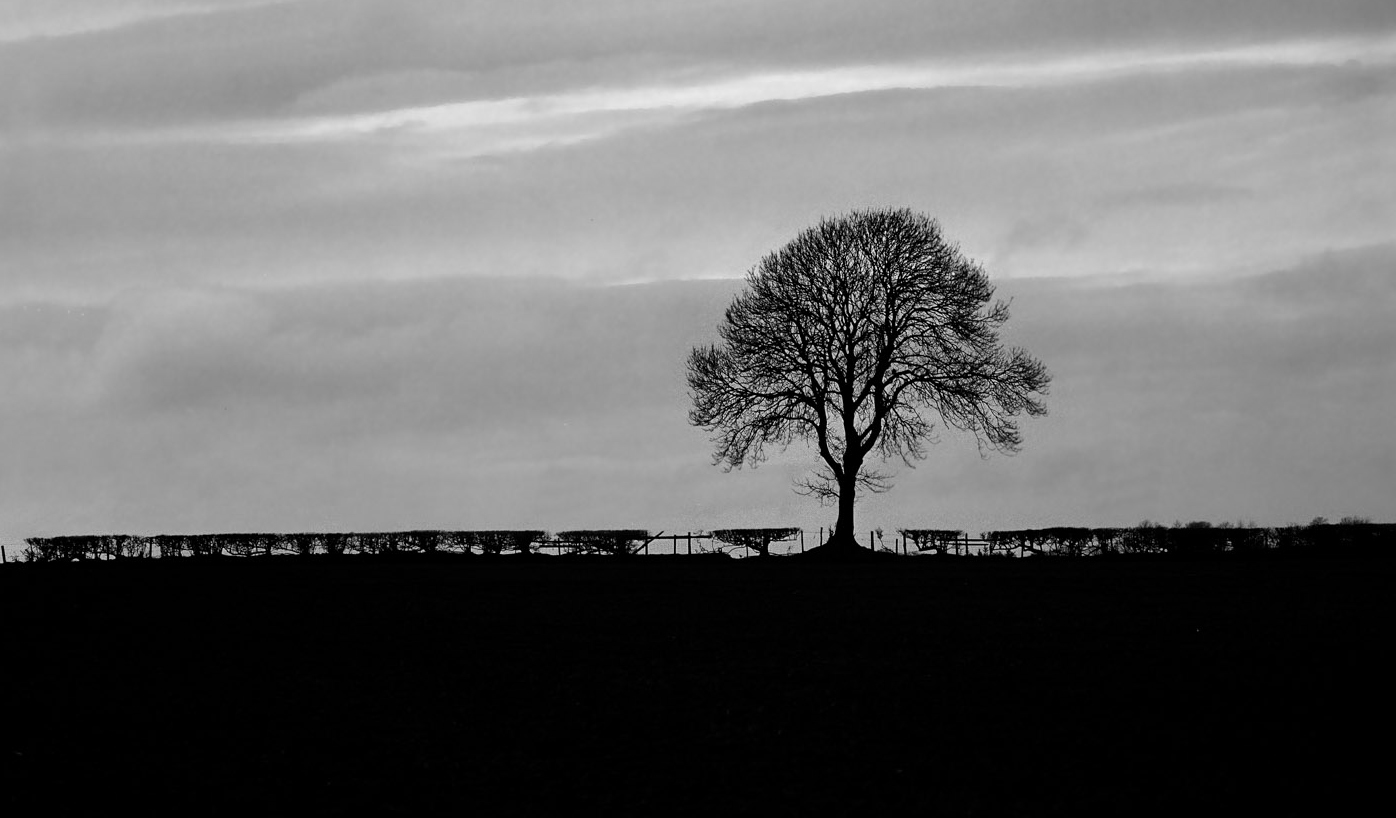
I live near Carmel, California. The photographic history of this place is freighted with an approach to image-making called previsualization. Ansel Adams wrote about visualization, which he defined as “the ability to anticipate a finished image before making the exposure”. Minor White later distinguished between what he called “pre-visualization”, or visualization before the negative is exposed, and “post-visualization”, which occurs during ensuing processing. I’ll use White’s terminology here.
Previsualization is an ethos so much a part of the local photographic community that it seems heretical of me to question it, but that’s what I’m going to do in this article. Some previsualization is absolutely necessary for all photographers. However, it’s something I resist taking very far in my own work. I have my reasons, and some of them may apply to you.
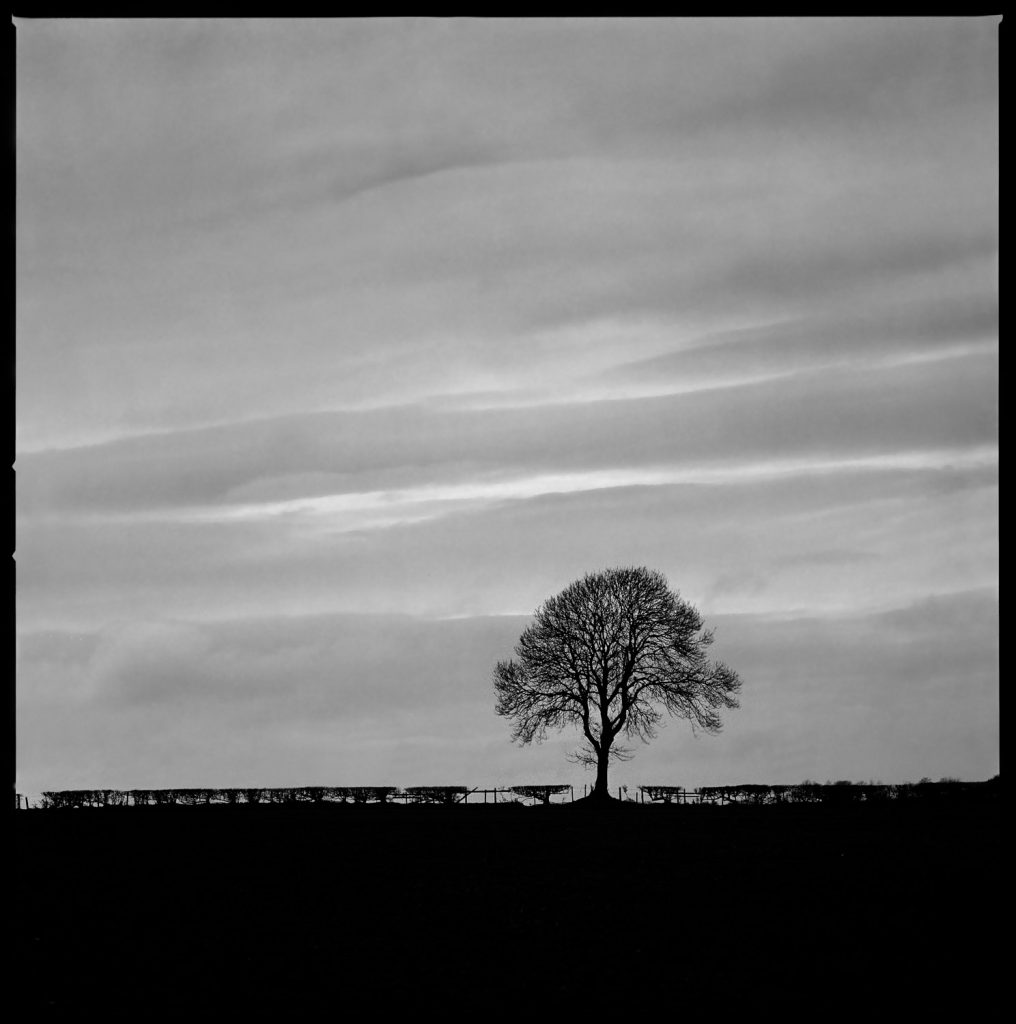

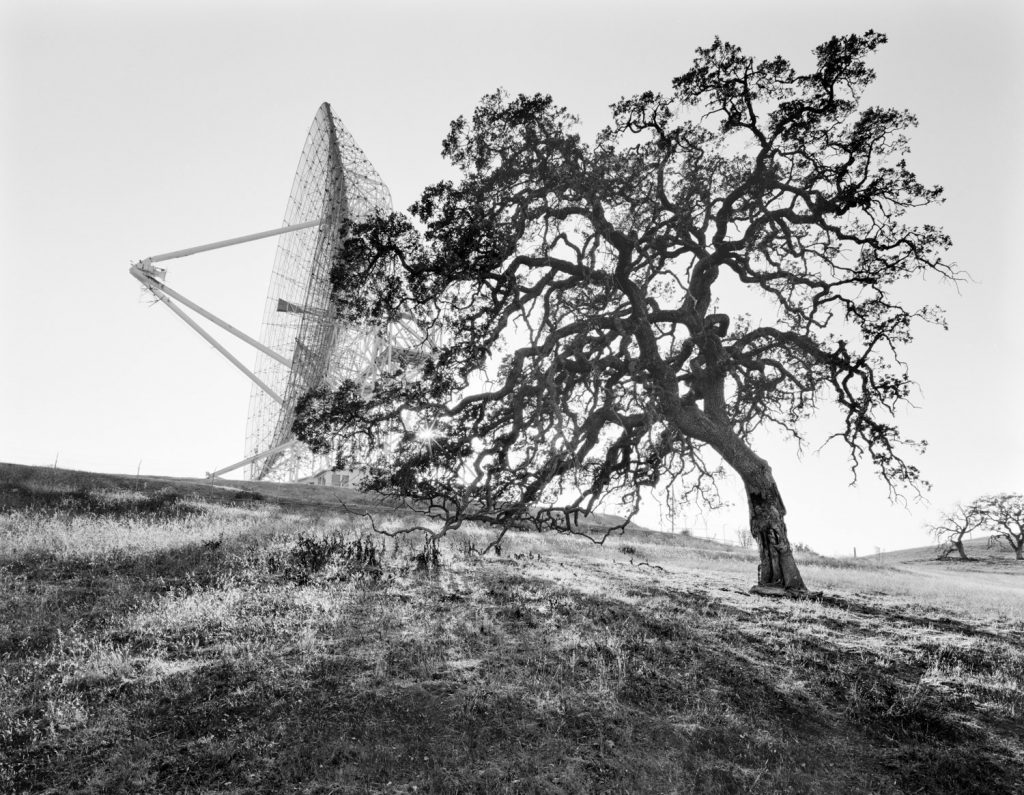
Although I may be an outlier, I’m not alone. In 2001, when I interviewed Michael Kenna for the CPA newsletter Focus, he said: “One of the joys of night photography is that you can’t completely control it. I like to do eight-hour exposures — just leave the shutter open, and see what happens. Fog moves in; clouds come and go; condensation might appear on the lens; the unexpected and unpredictable happens. I love that. One of the reasons I first did night photography was that I got a bit bored with previsualization. In the daytime, if you’re a reasonably competent photographer, there’s no reason you can’t get exactly what you see. I started making very long exposures and working at night in part to get some unpredictability back.”
Henri Cartier-Bresson talked about looking for, and finding “the decisive moment”. I imagined that his contact sheets were populated by individual images carefully chosen in time. Imagine my surprise when I got to see many of his contact sheets at the ICP museum in New York City. In one respect, his contact sheets looked a lot like mine: finding a likely spot, exploring a few ways of dealing with it, running into some dead ends, finding something that works, and either making two or three quick exposures and moving on or making several exposures with essentially the same framing while waiting for people to arrange themselves. (I’m not claiming that my contact sheets look like Cartier-Bresson’s in any larger sense, although I wish they did). The contact sheets tell the story of a photographer working out the possibilities while making images, rather than sitting back and contemplating until the image is complete in his head before tripping the shutter.
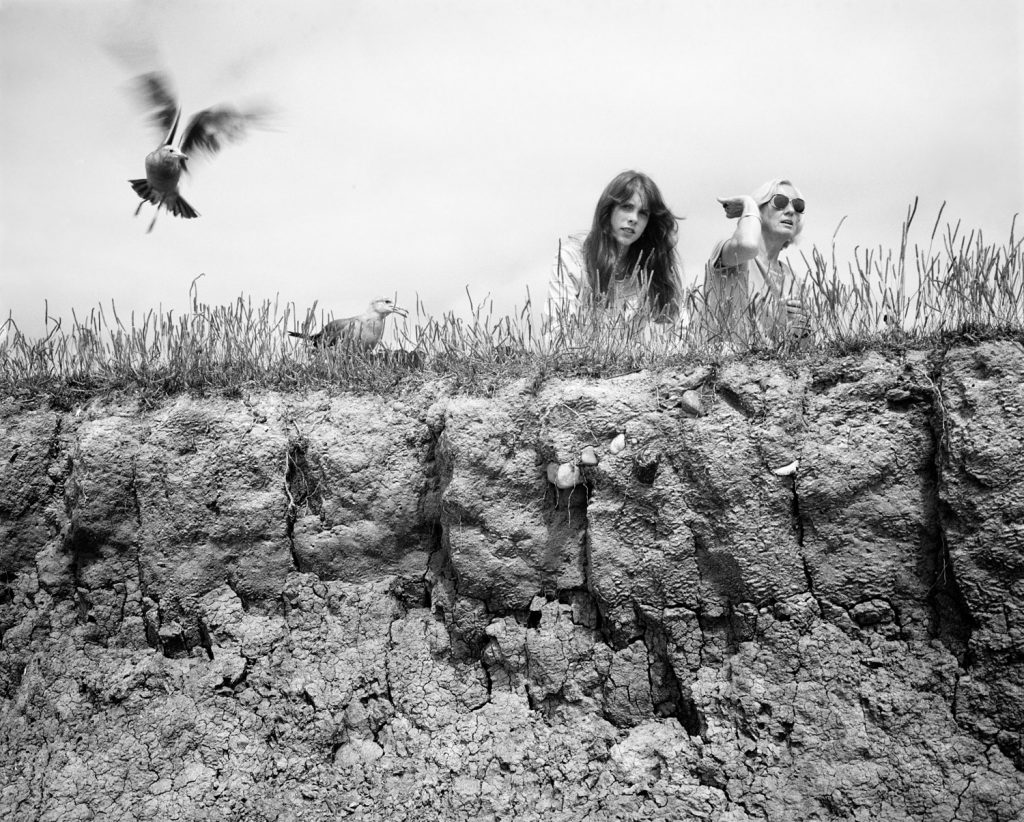
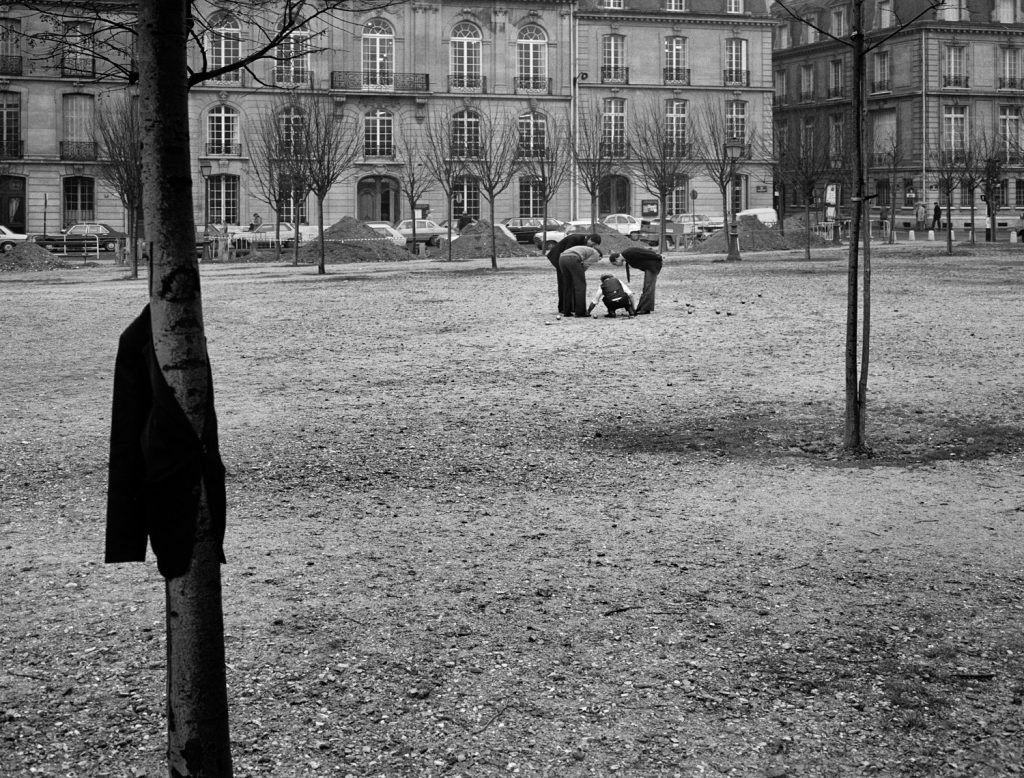
In 1980, Lustrum Press published a book called Contact: Theory, which, for forty-odd photographers, presents a well-known photograph, the contact sheet from which the negative was picked, and an explanation by the photographer of the thinking involved in the selection. By looking at the contact sheets, you’ll see how the photographers get to their images. You’ll see some approaches similar to Cartier-Bresson’s. You’ll see many other techniques. You’ll see things that didn’t work. You’ll see some photographic narration. You won’t see any perfect images unrelated to the others on the sheet.
I’m not against all previsualization. Without it, we wouldn’t need to focus or set the exposure. We wouldn’t need viewfinders. We would point the camera in random directions, trip the shutter at random times, and pore through the results later, like looking for Shakespearian nuggets in the output of a million monkeys with a million typewriters.
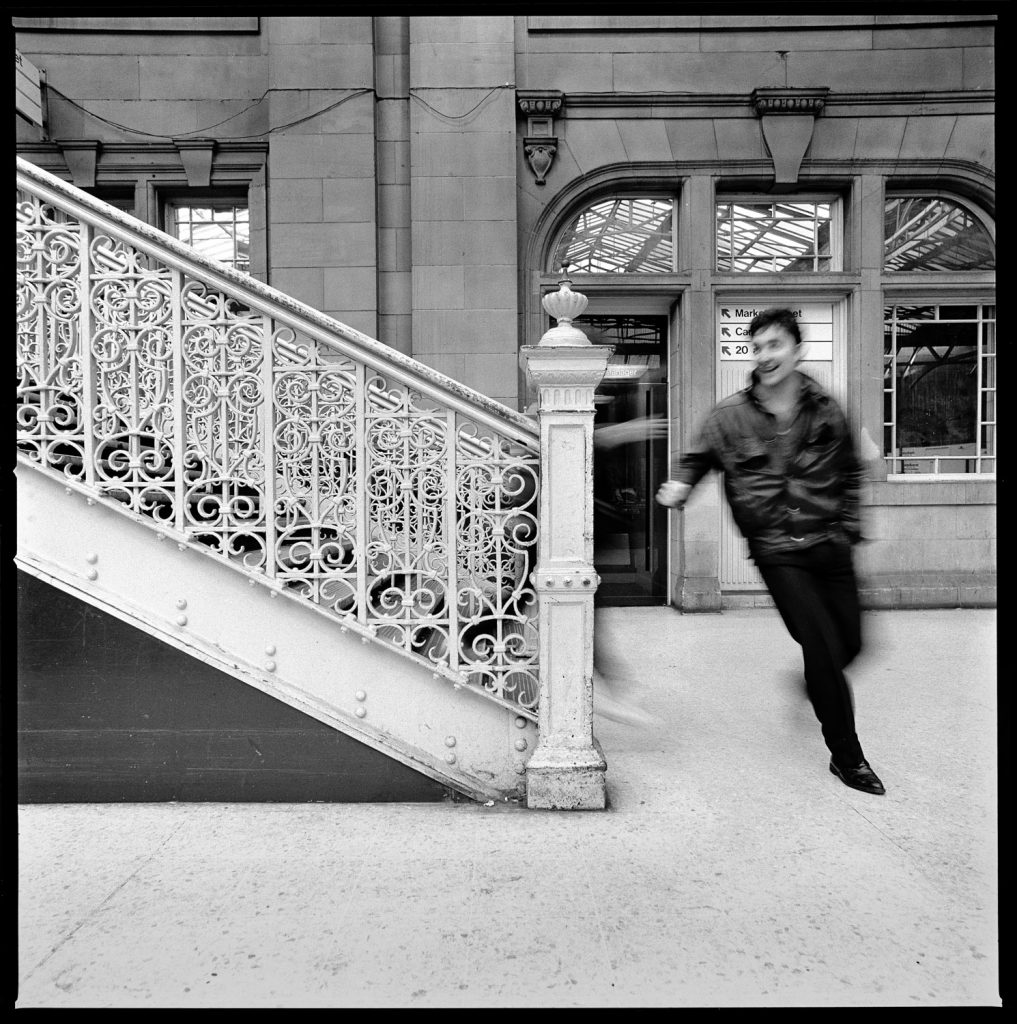
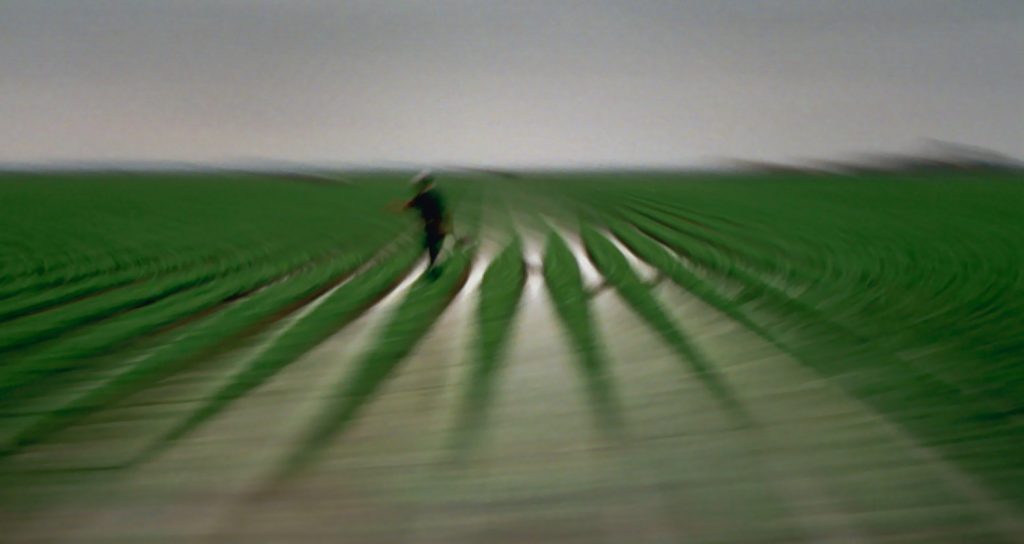
Heavily emphasizing previsualization doesn’t work for me. If you are a devotee, ask yourself if too much previsualization is damaging your photography. It may be that it isn’t, and previsualization fits your photographic style perfectly. If that’s the case, by all means, go ahead and plan the heck out of your pictures. If, however, you’ve bought the whole program without thinking about it too hard, you may want to back off.
For many, previsualization starts with envisioning just the way the tonality of the actual scene will map to the tones in the final print before tripping the shutter. Ansel Adams’ Zone System is an orderly approach to both looking at the scene while thinking tonality and making the pre-exposure vision a reality. In moderation, I see nothing wrong with this. The mapping will take place whether the photographer thinks about it or not, and it’s a good thing if the tone mapping fits the photographer’s intentions for the image.
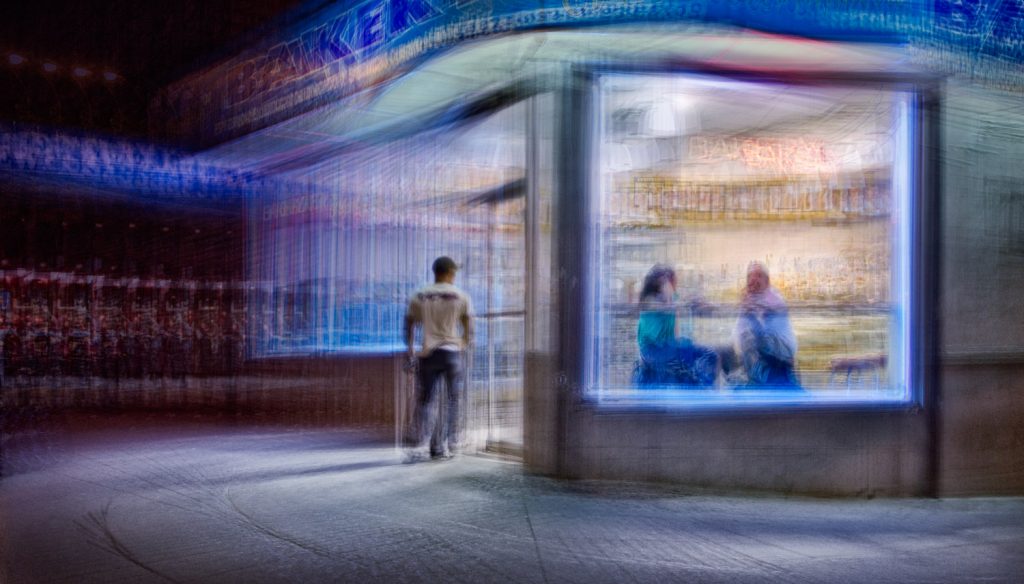
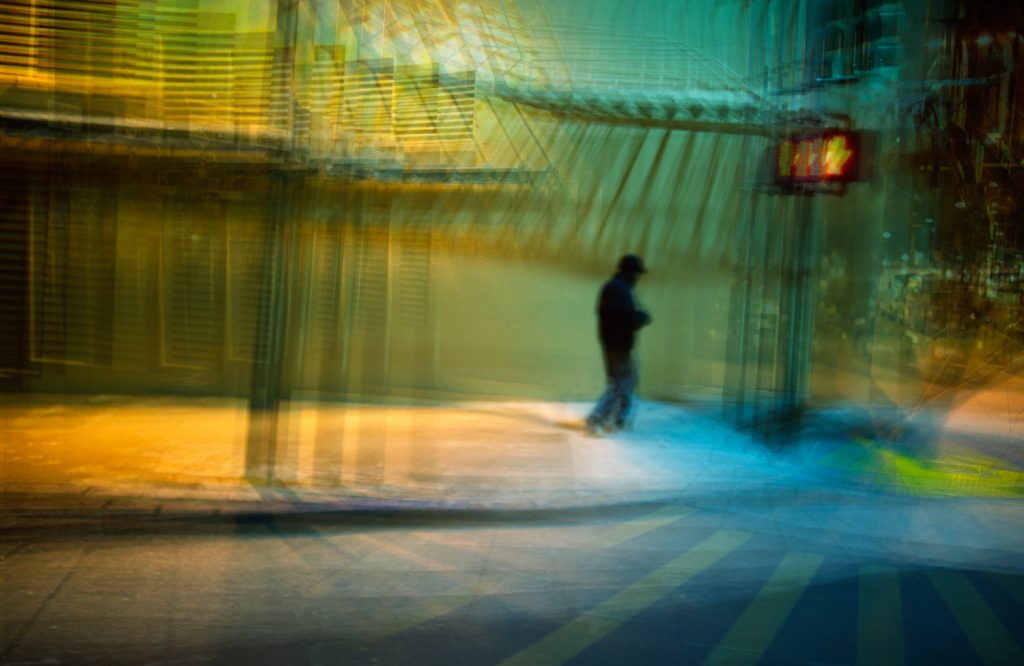
When tone mapping is the main thing the photographer thinks about, it’s a distraction. I’ve watched people meter everything under the sun and some things in the shade while the magic light faded to ordinary, and heard people talk about agitation for N-2 development when it was obvious that the esthetics of their pictures needed more work than their technique. In most circles today, such talk has been replaced by ETTR discussions and the like. The technology changes, but the emphasis on the susceptible remains the same.
The purpose of exposure (and negative development, if we’re talking film) is twofold: to maximize the signal-to-noise ratio in the final print (think of film grain as noise), and to make sure that important tones at the extremes are not robbed of detail. Modern negative films are so capable in both grain and dynamic range that, for most subject matter, you can be a little off in exposure or development and not affect the final result in any meaningful way. Modern, large-sensor digital cameras have analogous capabilities. If you allow yourself a third or two-thirds of a stop error rather than embracing the task of getting it bang on, exposure for most scenes turns from scratch-your-head-for-five-minutes hard to falling-off-a-log simple. All the time and attention you’ve gained can be put into the aesthetics of the image.
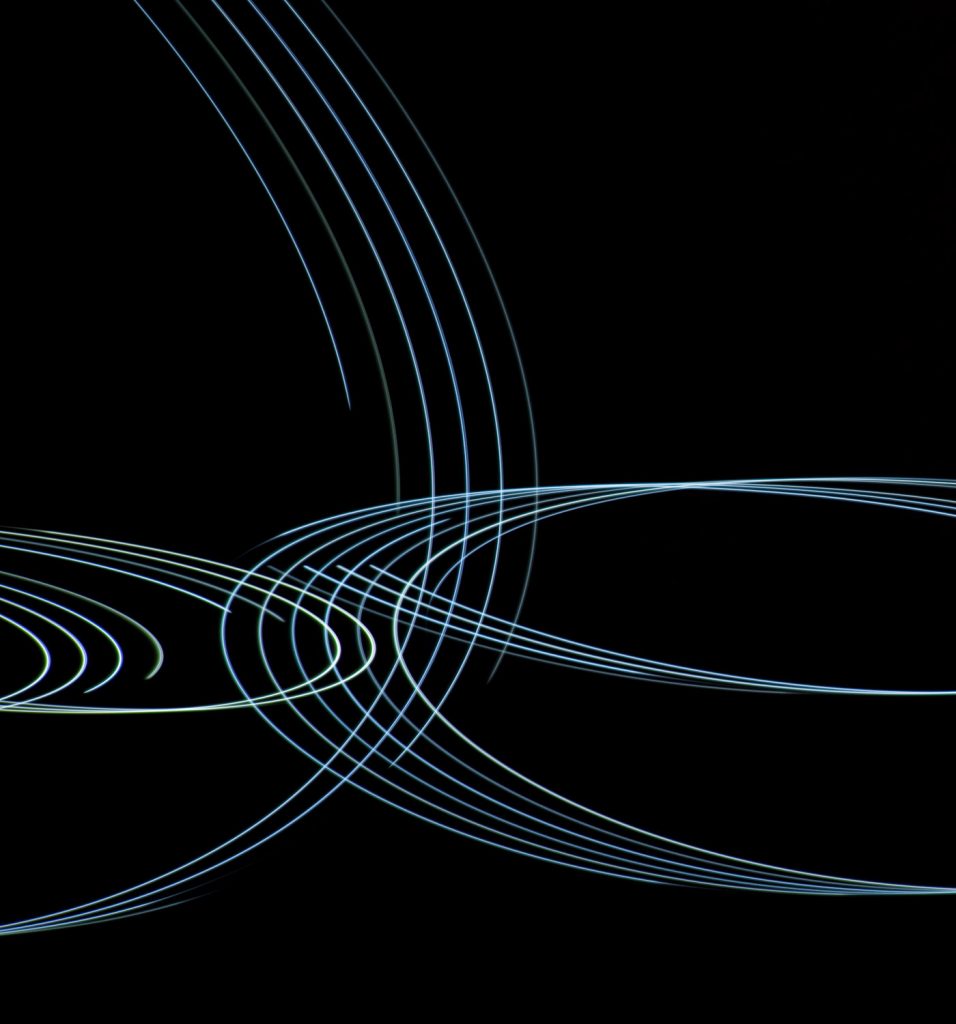
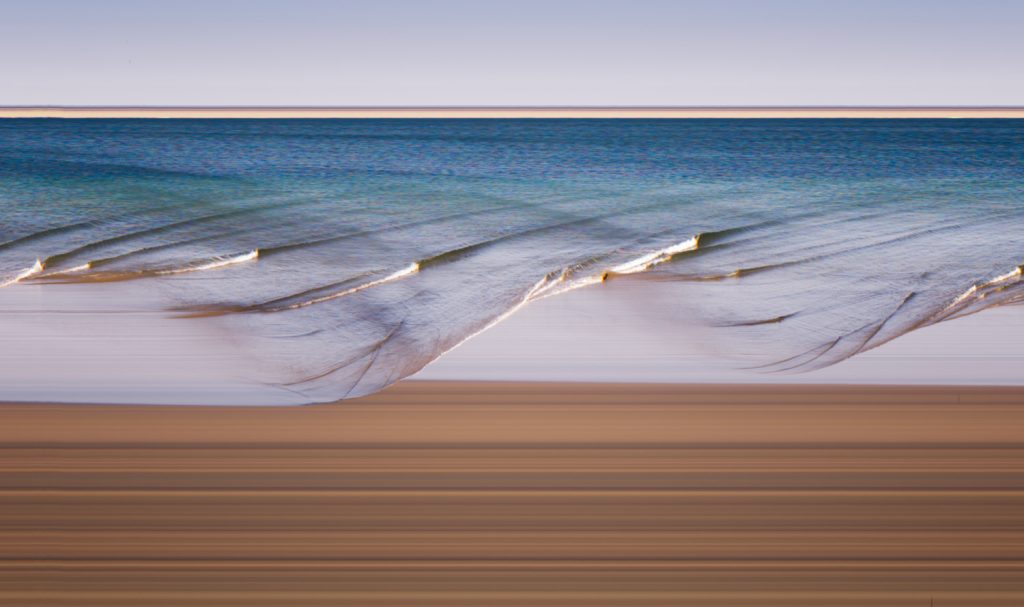
Another element of previsualization is finding a framing that works visually and expresses your intent. Thinking hard about the edges of the frame before the exposure is a good thing. You have options before you trip the shutter that are unavailable later; you can move forward or backward to change the perspective, you can change the lens focal length, and you can move from side to side and affect the relationship of objects in the image. It is natural to use the whole format; you can see the result in the finder or on the ground glass, and you usually get the highest image quality.
However, filling the frame can become a photographic fetish. In the eighties and nineties, it was fashionable to prove that you hadn’t cropped your images by filing out your negative carrier and printing sprocket holes, frame numbers, shadows of film hold-downs, Polaroid 55P/N matrices, or the twin Hasselblad tick marks. It was a powerful movement, and I admit that I was an occasional practitioner, but it was essentially an affectation and one that drew the viewer’s attention from the image itself. Having a laser focus on cropping in the camera to the native shape can close you off to possibilities that might be better. Why should the best composition for any subject be of the aspect ratio of the camera that you happen to have at hand?
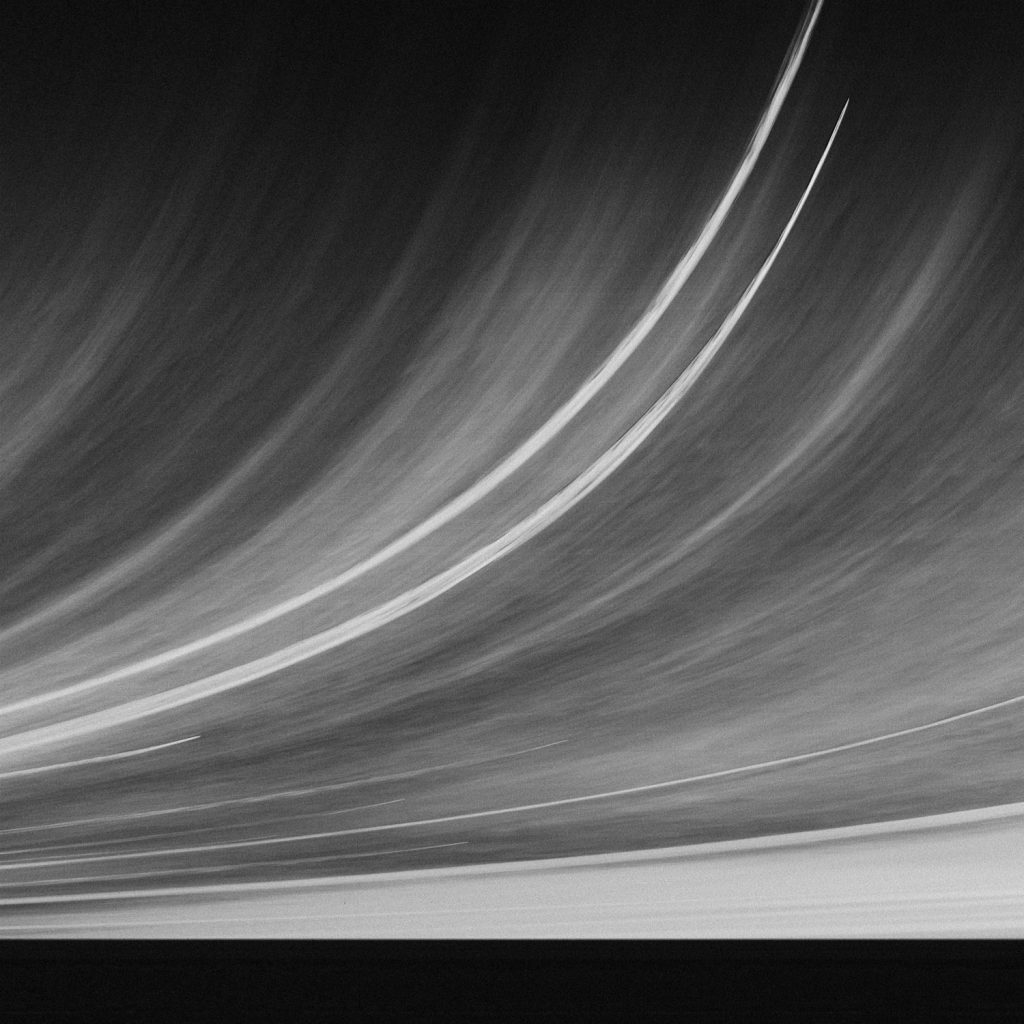

Photography, like any art, improves with experimentation. Great photographs don’t usually come about as the result of extended navel-gazing sessions, but as the result of trying something, having it kind of work, making it better, exploring blind alleys, honing away unnecessary elements, and finally arriving at something worthwhile. The result of an experiment is, by definition, unknown. Therefore the result can’t be previsualized. Therefore previsualization and experimentation are incompatible. Too much emphasis on previsualization discourages experimentation.

For me, there’s an element of play in making photographs. I can’t make the case as logically as I did in the preceding paragraph, but I find that emphasis on previsualization diminishes playfulness. Trying to tie down all the options and leave nothing to chance sets up a frame of mind for me that makes it hard to be light, be open, and go with where the subject leads me.
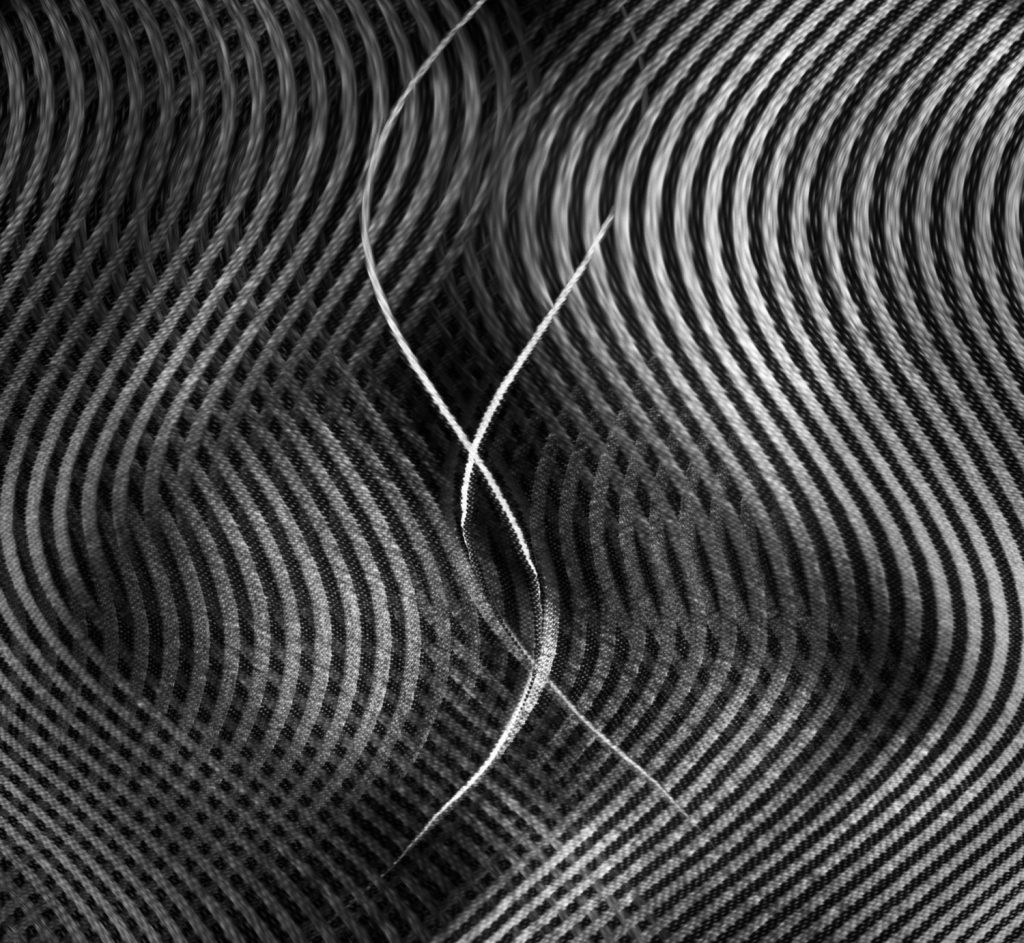
Some of you may be saying: “There’s no conflict here; the Zone System is based upon controlled experimentation – that’s how you decide on your film speeds and your development times.” You’re right about that. However, Zone System adherents are either testing or making images. I am arguing for more fluidity – getting to a place where there’s no clear dividing line between experimenting (playing, if you will) and doing serious work.
When I see the work of photographers who talk a lot about previsualization, I see, for each one, a fairly narrow range of subject matter, and a similarly limited range of approaches. The images usually have high technical quality. If you’re intent on previsualizing the result, you’re not going to search out situations that are so different from what you’ve previously encountered that you don’t know what the final image will look like. If you’ve developed techniques for dealing with photographic problems you’re going to use those techniques because you know how they work. Gallery owners will love you because they value predictability, but there will be many roads not taken.
Previsualization assumes follow-through. If you have an image in your mind when you release the shutter, and in processing the image you change your mind and take it somewhere else, that has to count as a failed previsualization. It may not be a failure as a photograph, however. We are fortunate to have examples of Ansel Adams prints from the same negatives made many years apart, and we are able to see evolution in the way the images are printed. To the degree that previsualization was involved in creating the negatives, the earlier prints must be closer to Adams’ pre-exposure vision. Does that make the later prints bad? Of course not. Just not previsualized.
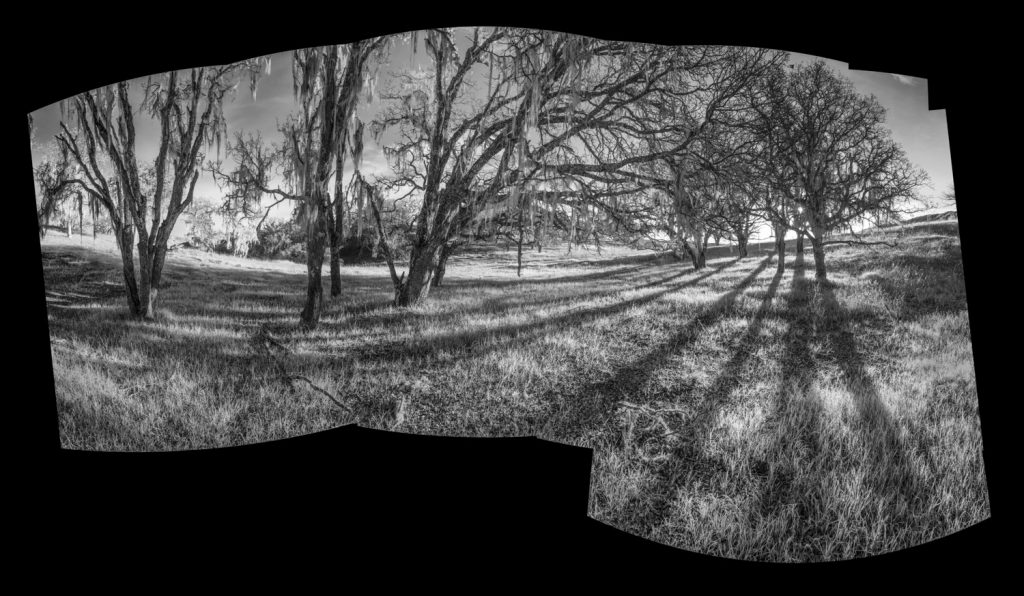
What does it look like to let go of previsualization? Here’s a case study. Several years ago, Charles Cramer got interested in taking pictures of waves. In this project, he made over a thousand medium format digital captures on one weeklong trip to Hawaii, varying location, framing, and shutter speed. To create this image, Charlie found a nice arrangement of rocks, and maintained that position for 20-30 exposures, because, as he says, “Each resulting image (with the exception of the rocks) was completely different! For the series, I used exposure times of around 1/2 second and waited until the wave started to recede. It’s quite a lovely surprise to see each exposure on my camera LCD, as you never quite know how it’s going to look. I felt like the waves were performing for me, assuming different shapes and colors for each exposure.”
I often employ a photographic approach opposite of previsualization: I actually want to be surprised by some aspect of the image captured during the exposure. I create photographic series that make surprises likely, even unavoidable. I love doing this. I’m so excited about seeing what happens when I get to image editing. Over time, as – through the unavoidable process of learning – the results get more predictable, I start looking for a new project. I don’t do this kind of photography exclusively; I can be as calculating as I need to be in some circumstances. However, if all my photographs were heavily previsualized, my photographic world would be a colder, sadder, less playful place.
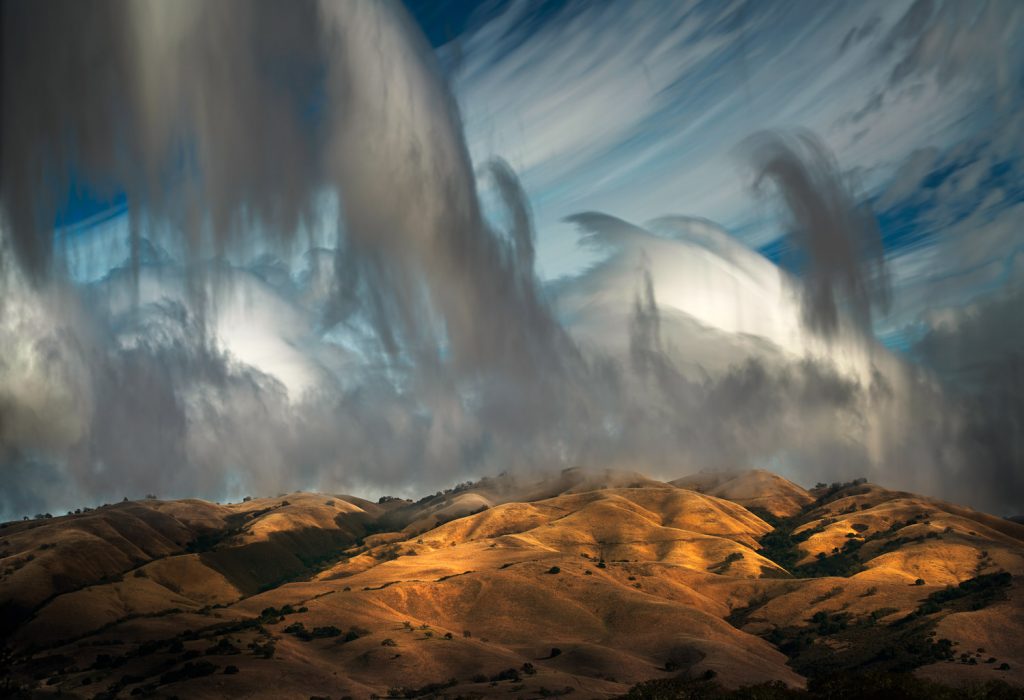
It may look to you that I am rejecting craft in photography. That’s not my intent; I’m just suggesting that your photography may improve if you don’t hold on to the craft too tightly. Don’t spend all your energy forcing your vision on the world; the world has much to teach you if you’ll let it.*
Related Reading
- How Your Camera’s Focus Bracketing System Works
- How to Expose Raw Files – Part 1
- Experiments For Ultra High-Resolution Camera Sensors
- What Sensor Size is Best for You as a Videographer?
Author: Jim Kasson
I’ve been a photographer since high school, and an electrical engineer all of my professional life. The two things came together for a while. From 1989 until the middle of 1995, I worked as an IBM Fellow at the Almaden Research laboratory south of San Jose, CA. For those six years, my principal area of research was color management, color processing for digital photography, and color transformations such as gamut mapping. At other times in my career, I researched speech recognition and speech bandwidth compression and developed data acquisition and process control computer systems, telephone switching systems, and data communication systems. I retired in 2000, and for the last 22 years when I’m not serving on NFP boards unrelated to photography, I’ve been spending most of my free time making photographs.-
Luis Curran
-
Turniphead
-
Frank Kolwicz
